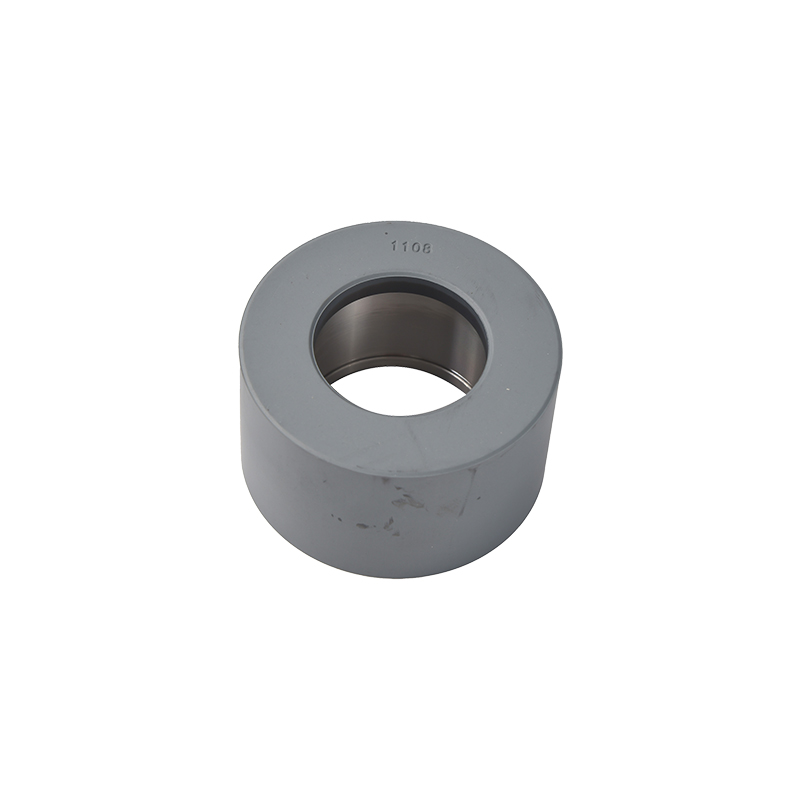Die-casting is a precision casting method that uses high pressure to inject molten metal into a die-casting mold and cool it under pressure. The production process integrates various technical capabilities such as materials, molds, and processes. The use of die-casting technology to produce structural parts can not only shorten the production cycle, but also achieve precision, saving a lot of machining processes and saving costs, but the production of die-casting technology is difficult.
Most of the structural die-casting parts of automobiles are made of iron or steel materials. In order to meet the requirements of lightweight automobiles, such castings are being transformed into light alloys.
Automotive structural parts refer to the load-bearing or force-bearing parts in the car, which are closely related to the safety of the car. In the automobile body, many structural parts are installed on the nodes of the body structure and connected with other components to form a high-strength frame that resists deformation. Such structural parts usually have the characteristics of large size, thin walls, and complex structures. Traditional standard die-casting alloys cannot meet the requirements of automotive structural parts, so some people think of high-toughness alloys. Compared with traditional standard die-casting aluminum alloys, these high-toughness alloys have strictly controlled iron content, generally controlled below 0.2%. Its significance is to avoid the formation of needle-like AlFeSi phase in the alloy, which will deteriorate the strength, ductility, and fatigue properties of the alloy, and may induce cracks under the stress state of the casting.


 简体中文
简体中文 English
English













